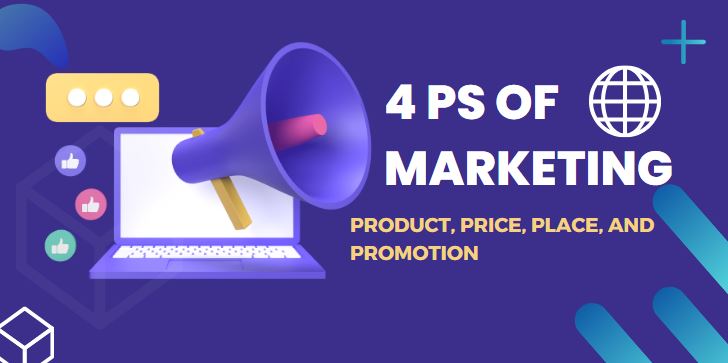
Predictive modelling might sound like a complex term, but it’s really just a fancy way of using data to make informed predictions about the future.
What Is Predictive Modelling?
Predictive models are built by training them on a set of historical data. This data includes both the input variables (features) and the output variable (target). Once trained, the model can predict the output variable for new input data.
At its core, predictive modelling involves using mathematical and statistical techniques to find patterns and trends in data. These patterns help us forecast outcomes. For example, you can use predictive modelling to predict customer behaviour, stock prices, or the likelihood of a disease outbreak.
What are the techniques used in predictive modelling?
- Regression Analysis: This technique helps us understand how one variable (like price) is affected by one or more other variables (like demand or supply). It’s like connecting the dots to draw a line showing their relationship.
- Decision Trees: Consider it a flowchart that helps us make decisions. It’s like choosing your outfit for the day – if it’s sunny, wear shorts; if it’s rainy, grab an umbrella. Decision trees help us make choices based on a series of yes or no questions.
- Random Forests: When one decision tree isn’t enough, we use a bunch of them in a “forest.” They work together to make better predictions. It’s like asking a group of friends for advice before making a big decision.
- Neural Networks: These are like the human brain of predictive modelling. They’re composed of connected nodes and layers that learn from data to make predictions. Neural networks are used in tasks like image recognition and language processing.
- Logistic regression: Logistic regression is a technique that is used to predict binary output variables, such as whether or not a customer will click on an ad.
- Support vector machines: Support vector machines are a type of machine learning algorithm that can be used to classify data into different categories.
Applications of Predictive Modelling –
Now, let’s explore where predictive modelling is put to good use in our everyday lives.
- Healthcare: Doctors use predictive modelling to predict disease outbreaks and identify high-risk patients. It helps save lives by allowing medical professionals to intervene early.
- Finance: Predictive modelling is the backbone of stock market predictions. It helps traders make informed decisions about buying or selling stocks.
- E-commerce: Ever wonder how Amazon knows what products to recommend? Predictive modelling! It analyses your browsing and purchase history to suggest products you might like.
- Weather Forecasting: Meteorologists use predictive modelling to predict the weather. This way, you can plan your weekend picnic or decide whether to carry an umbrella.
- Marketing: Companies use predictive modelling to target their marketing efforts. It helps them identify potential customers and tailor advertisements to their preferences.
- Energy: In the energy sector, predictive modelling helps optimize power distribution and reduce energy waste.
You might wonder, ‘How can I use predictive modelling in my life or work?’ Predictive modelling is a major part of Business Analytics. To ace this skill, MIT School of Distance Education offers the Best PGCM course in Business Analytics approved by AICTE and UGC.
With this distance Post Graduate Certificate in Business Analytics, you learn the latest skills such as –
- To quantify business values by using Statistical Tools & Techniques
- Data mining techniques for mining and analysing raw data to discover interesting patterns, extract practical knowledge, and support decision-making.
- Detailed insight via various data interpretation & data visualization techniques.
- Predictive modelling techniques help the business to predict future market trends using historical data.
- Application of analytics in various domains such as HR, Finance, Marketing and supply chain.
Predictive modelling is like having a superpower in the data world. It allows us to make informed decisions, anticipate trends, and improve our lives and businesses. Thus, a top PGCM course in Business Analytics is a must to be a pro-business analyst.



